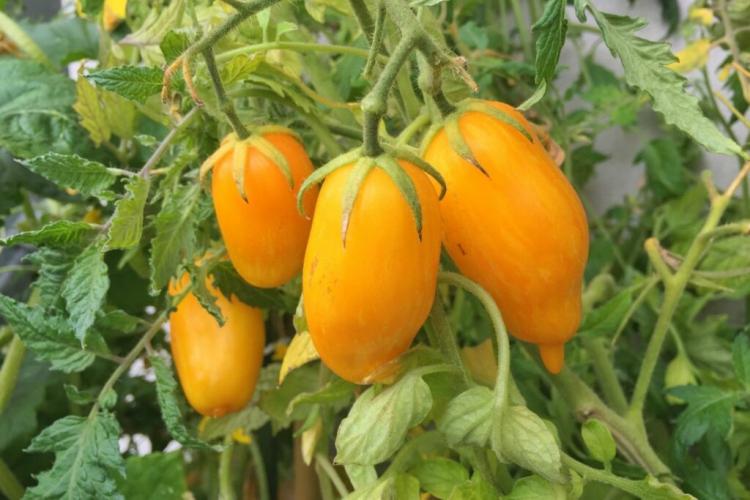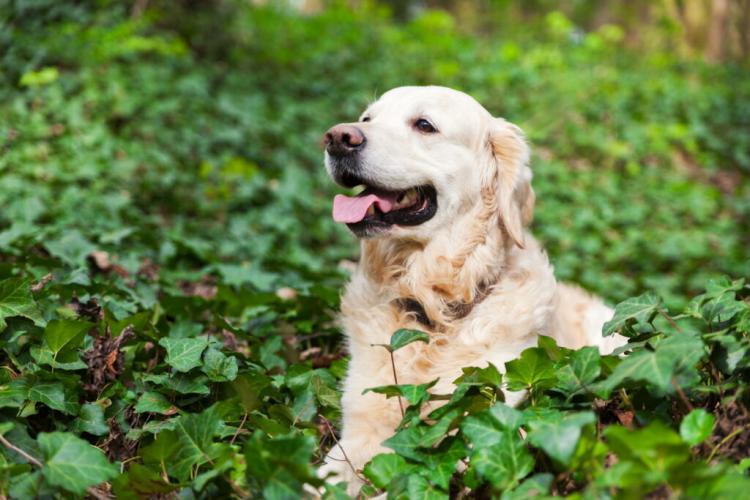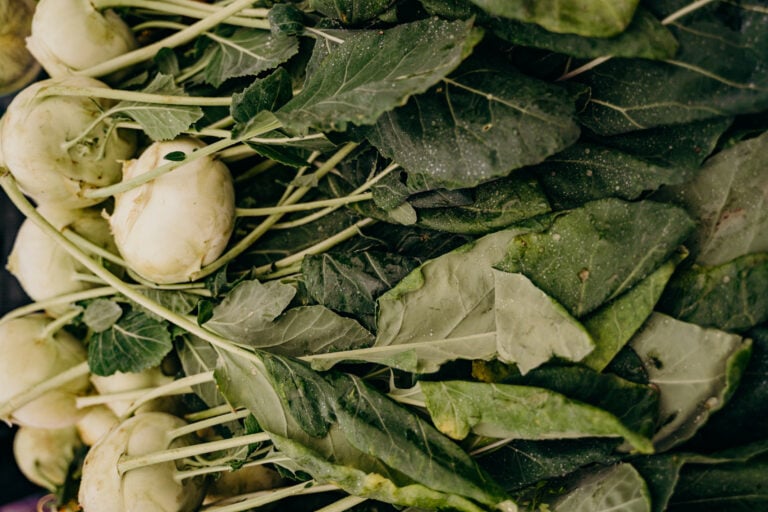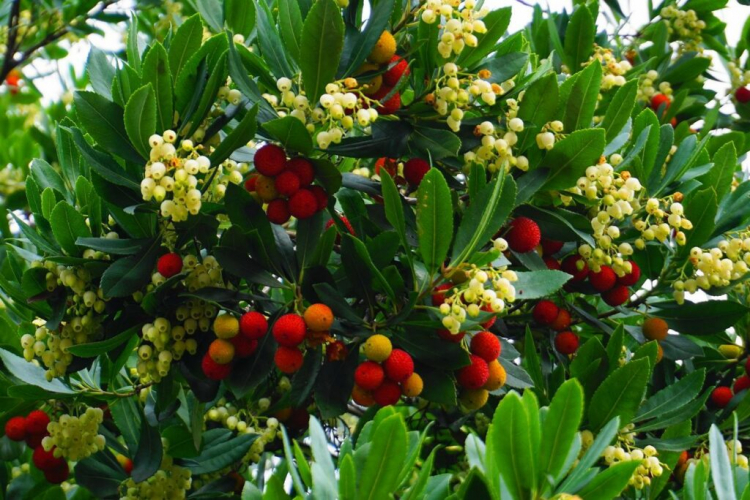Banana Legs Tomato: Planting & Caring For The Yellow Tomato
The tomato variety ˈBanana Legsˈ is one of the elongated bottle tomatoes. Find out how these special tomatoes are planted and cared for here. The Banana Legsˈ is, next to the tomato variety Blushˈ, one of the few yellow bottle tomatoes. We introduce the unusually shaped tomato and give tips for growing it in your own garden.
Banana Legs Tomato: Wanted poster
Table of Contents
| fruit | Salad tomato; sun yellow with light yellow stripes |
| taste | mild, fruity, sweetish, hardly any acid |
| Ripening time | medium early |
| growth | Stick tomato, up to 120 cm |
| Location | Greenhouse, protected field, pot/bucket |
History and origin of the ‘Banana Legs’
Banana Legsˈ is a selection by John Swenson from Illinois in the USA. It has been offered as a seed for hobby gardeners since its creation in 1984. Swenson bred the yellow tomato variety from a mix of previously unnamed crosses by the famous tomato grower Tom Wagner. The green zebra tomato also comes from his house. The Banana Legsˈ is also a parent of the newer tomato variety Striped Romanˈ.
Taste and properties of the tomato variety ‘Banana Legs’
The plants of the the ˈBanana Legsˈ tomato variety reach a height of 100 to 120 cm and are therefore among the compact stake tomatoes. The long leaves made up of many individual leaflets are particularly noticeable. The elongated, cylindrical fruits with a detached, blunt tip form on the panicles. Until mid-early ripening from the end of July, these take on a sun-yellow color and light yellow stripes.
The tomatoes of the ˈBanana Legsˈ reach an average weight of around 80 grams and are around 10 cm long. Inside the fruit, there is a lot of pulp and only a few seeds.
The taste of the Banana Legs tomato is typical of yellow varieties: Mild, sweet, and fruity with little to no acidity. You can extract tomato seeds from the fruits yourself for the next season because the Banana Legsˈ is seed-proof.
Cultivation and care: this must be taken into account
The yellow bottle tomato ˈBanana Legsˈ prefers sheltered, warm locations, for example in the greenhouse, under a tomato roof outdoors, or in pots and tubs. Due to its compact growth, it is particularly suitable as a balcony tomato or for planting on the raised bed. Unfortunately, the tomato variety often shows blossom end rot due to a lack of calcium. At best, the plants should thrive in low humidity, as this reduces the risk of the disease. When planting in the greenhouse, sufficient ventilation must be ensured.
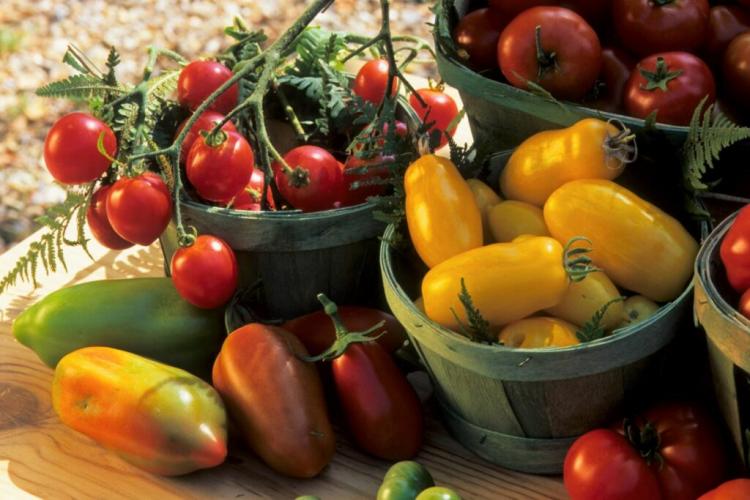
In the middle of May after the ice saints, the banana legs tomato can be placed in the bed or the pot. It can be planted in the greenhouse at the beginning of May. We recommend a planter with a capacity of at least 20 liters for cultivation on the balcony and terrace. This is filled with potassium-accentuated potting soil. Sufficient potassium is particularly important for tomatoes to protect them from drought stress and fungal pathogens.
You might so like: Tiger Tomatoes: The Striped Tomatoes In Portrait
Place the tomato plants deep in the ground or in a planting hole so that about half of the shoots are below the soil horizon. Then remove these lower shoots and fill the hole all around with substrate, which is lightly pressed down. The young plant should be supported with a stick and then watered generously. The deep planting ensures that the tomato also forms additional roots on the shoot and can thus be better supplied with water and nutrients.
From June onwards, tomatoes begin to bloom and produce fruit. Now the need for nutrients increases rapidly and it is time for the first fertilization. This is particularly easy with the help of organic liquid fertilizer. About 15 to 25 ml of the fertilizer is added to the irrigation water once a week. This is how the tomato is fertilized when watered. The nutrients it contains are quickly available to the plant and can also quickly remedy deficiency symptoms.
The compact growing Banana leg tomato can easily be raised with three branches. To do this, leave two more deep-seated side shoots on the plant in addition to the main shoot. The remaining axillary shoots are regularly removed when the tomato is pruned. Soon the two side shoots will also stretch and should be well supported. Plenty of flowers and later fruits also form on these shoots.
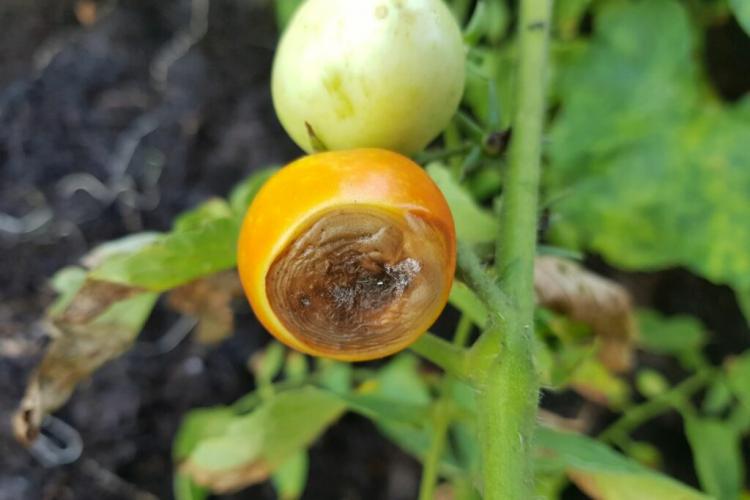
The physiological fruit disease of flower end rot shows up earlier and more frequently with the ˈBanana Legsˈ than with other varieties. The typical brown-black spots on the bottom of the fruit are caused by a calcium deficiency. This occurs when the transport of calcium into the fruit is disturbed. A quick remedy is foliar and fruit fertilization with a calcium fertilizer. As a preventive measure, changed culture conditions such as a well-ventilated location, protection from excessive heat and water in the morning and not in the evening help.
You might so like: Oxheart Tomato: Tips For Planting And Caring For The Beefsteak Tomato
Harvesting and using the banana legs tomato
The bottle tomatoes can be harvested continuously from the end of July to the first frost at the end of October or the beginning of November. The plants bring a high yield despite their low height. Due to the few seeds and a large amount of pulp, the tomato can be processed particularly well into spreads, ketchup, or sauces. The mild, fruity taste of the ˈBanana Legsˈ can also be enjoyed as a fresh snack.
If you want to grow tomatoes outdoors, you should first choose robust and resistant varieties. We present the bottled tomato Rote Zoraˈ, which was specially developed for unprotected cultivation.
